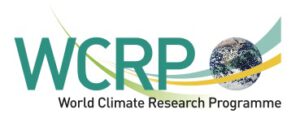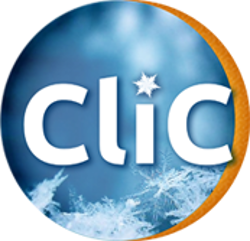A selection of new science articles from the past week of interest to the SPARC community (a SPARC Office choice).
A new index for the wintertime southern hemispheric split jet. By S. Babian, J. Grieger, and U. Cubasch in Atmospheric Chemistry and Physics.
On The Identification of Ozone Recovery. By K.A. Stone, S. Solomon, and D.E. Kinnison in the Geophysical Research Letters.
The Stratosphere and Its Role in Tropical Teleconnections. By S. Osprey, M- Geller, and S. Yoden in Earth and Space Science News.
A novel method for the extraction of local gravity wave parameters from gridded three-dimensional data: description, validation, and application. By L. Schoon and C. Zülicke in Atmospheric Chemistry and Physics.
Stratospheric Injection of Brominated Very Short‐Lived Substances: Aircraft Observations in the Western Pacific and Representation in Global Models. By P.A. Wales et al. in the Journal of Geophysical Research: Atmospheres.
Recent decline in extratropical lower stratospheric ozone attributed to circulation changes. Ba K. Wargan et al. in the Geophysical Research Letters.
Discussion papers open for comment:
Lagrangian simulation of ice particles and resulting dehydration in the polar winter stratosphere. By I. Tritscher et al. in Atmospheric Chemistry and Physics Discussions.


